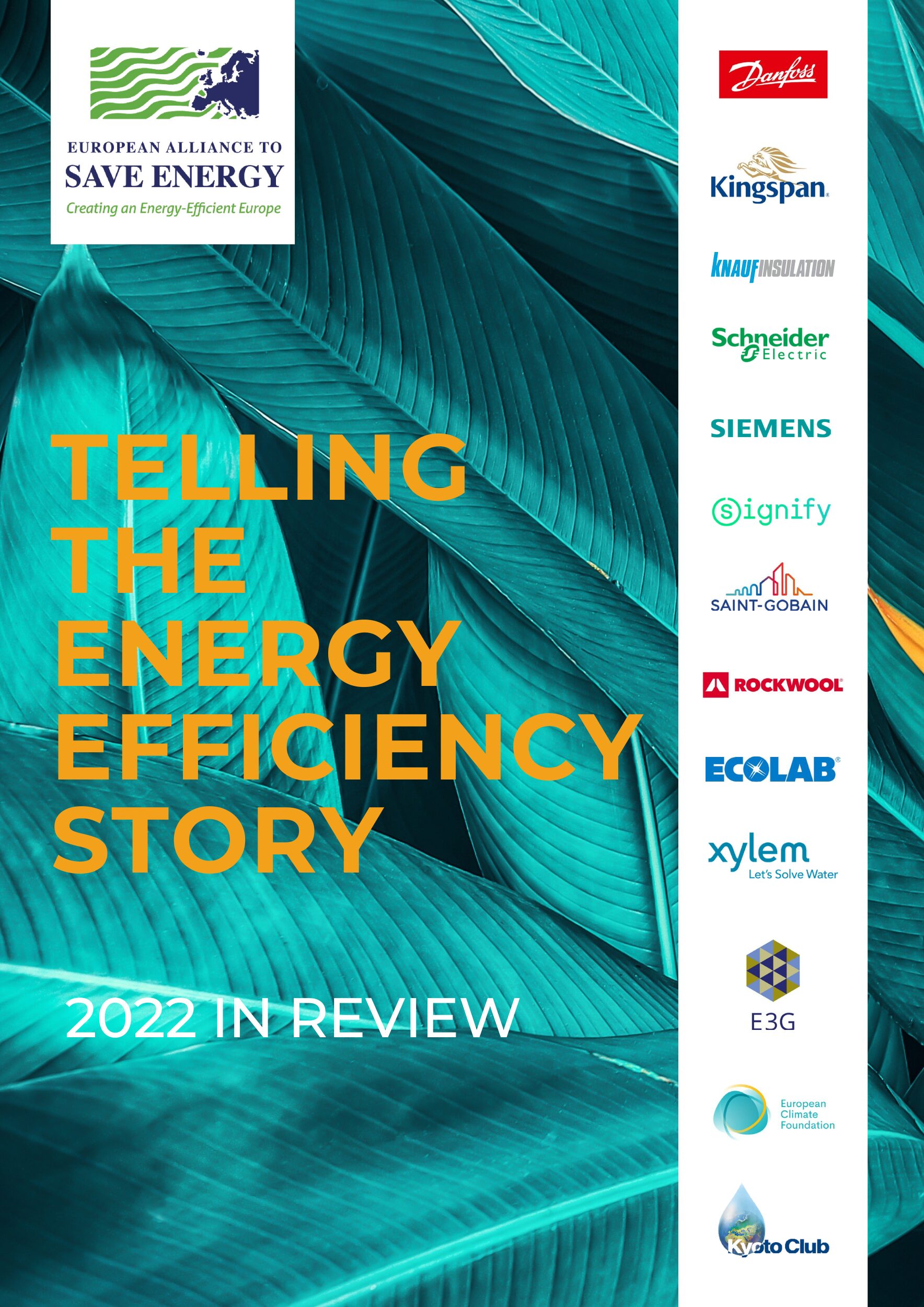It’s time to unlock the demand side potential in accelerating the energy transition.

Much attention goes out to the “supply side” of the energy transition, both on the energy mix (with ongoing high use of coal; a search for alternative gas supplies; scaling renewables; investments in hydrogen and nuclear) and energy intensive industries with large stimuli programs in Europe and the US (the Green Deal Industrial Plan and the Inflation Reduction Act). Yet the structural changes to decarbonize our energy system at the supply side of the energy transition will need time to reach scale and impact.
As the world needs solutions on a much shorter term, the time is right to unlock the vast potential at the “demand side” of the energy transition. This largely comes down to stepping up our collective efforts on energy efficiency.
The electrification of heating, transport and other service systems require a massive amount of electricity. The average global electricity consumption of a household (3400 kWh) is almost exactly equal to the annual amount of electricity needed to charge an electric vehicle or to power a heat pump. Already the grid is close to a point where countries are at or near capacity.
For example, while the lighting sector is positively known for the transition to LED lighting, lighting alone still accounts for 13% of global electricity usage. Importantly around half of all light points in the US and EU are still conventional, offering an enormous opportunity for rapid reductions of lighting-related energy consumption. LED lighting retrofits are relatively fast and easy, with few invasive activities involved.
Through a complete switch to connected LEDs, the EU has the potential to save €65.1 billion in energy costs annually and mitigate 51 MTons of carbon emissions, while freeing up enough electricity to power 47 million heat pumps and thus keep a quarter of all households warm each year. The reduction in carbon dioxide would be equal to the sequestration capacity of a forest the size of Switzerland.
Like for lighting, many other solutions exist and Europe’s “demand side companies” operate at the cutting edge of active and passive energy efficiency technologies including lighting, building management systems, sensors, controls, insulation, windows and many others.
Energy efficiency technologies can generate savings often called “low-hanging fruit” waiting to be picked, so let us roll up our sleeves and pick those fruits for the benefit of Europe’s competitiveness and the well-being of its citizens.
Harry Verhaar
Head of Global Public and Government Affairs
Signify




